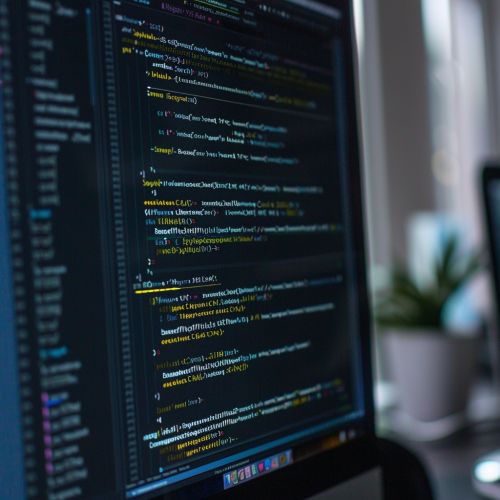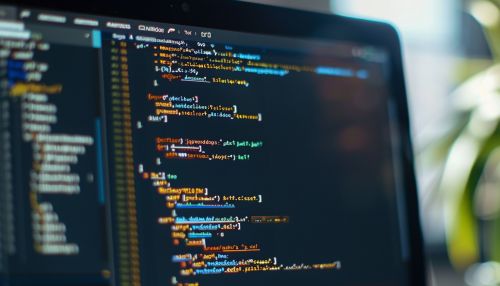Comments
Introduction
A comment is a programmer-readable explanation or annotation in the source code of a computer program. They are added with the purpose of making the code easier to understand by providing context and insight into the code's functionality. In general, they are ignored by compilers and interpreters.


Purpose and Use
Comments are primarily used to document the intent of the code, the algorithmic ideas behind the code, and anything else that would help understanding the code. They are essential in team environments, where multiple programmers work on the same codebase, and can be beneficial for future reference.
Types of Comments
There are several types of comments that can be used in programming, including:
Single-line Comments
Single-line comments are used to comment on a particular line of code. The syntax for single-line comments varies between programming languages. For instance, in Python and Ruby, a single-line comment is initiated with the '#' symbol.
Multi-line Comments
Multi-line comments, also known as block comments, are used to comment on multiple lines of code. The syntax for multi-line comments also varies between programming languages. In Java and C, multi-line comments are enclosed within '/*' and '*/'.
Documentation Comments
Documentation comments are a special type of comment that is used to generate documentation for the code. They are often formatted in a special way, and can include additional information such as the parameters and return value of a function. For example, in Java, documentation comments are enclosed within '/**' and '*/', and can be processed by the Javadoc tool to generate documentation.
Commenting Styles
There are several commenting styles that are commonly used in programming, including:
End-of-line Comments
End-of-line comments are placed at the end of a line of code. They are typically short and used to provide brief explanations or annotations for the code.
Inline Comments
Inline comments are placed directly within the lines of code. They are used to explain specific parts of the code and are typically used sparingly, as they can make the code more difficult to read if overused.
Comment Blocks
Comment blocks are large blocks of comments that provide detailed explanations or documentation for the code. They are typically placed at the beginning of a file or before a significant block of code.
Best Practices
While comments are a valuable tool for documenting and explaining code, they should be used judiciously. Some best practices for commenting code include:
- Comments should be clear and concise, providing useful information for understanding the code. - Comments should not be used to explain what the code is doing, but rather why it is doing it. - Comments should be kept up-to-date with the code. Outdated comments can be confusing and misleading. - Over-commenting should be avoided. Code should be as self-explanatory as possible, with comments reserved for complex or non-obvious parts of the code.
Criticism
While comments are widely used and accepted as a good practice in programming, they are not without criticism. Some programmers argue that comments are a "code smell" and indicate that the code is not clear or readable enough on its own. Others argue that comments can become outdated or inaccurate as the code changes, leading to confusion and misinformation.
See Also
- Programming style - Code readability - Software documentation
